Home>Interior Design>How To Unclog A Dishwasher: Expert Advice If It Won’t Drain
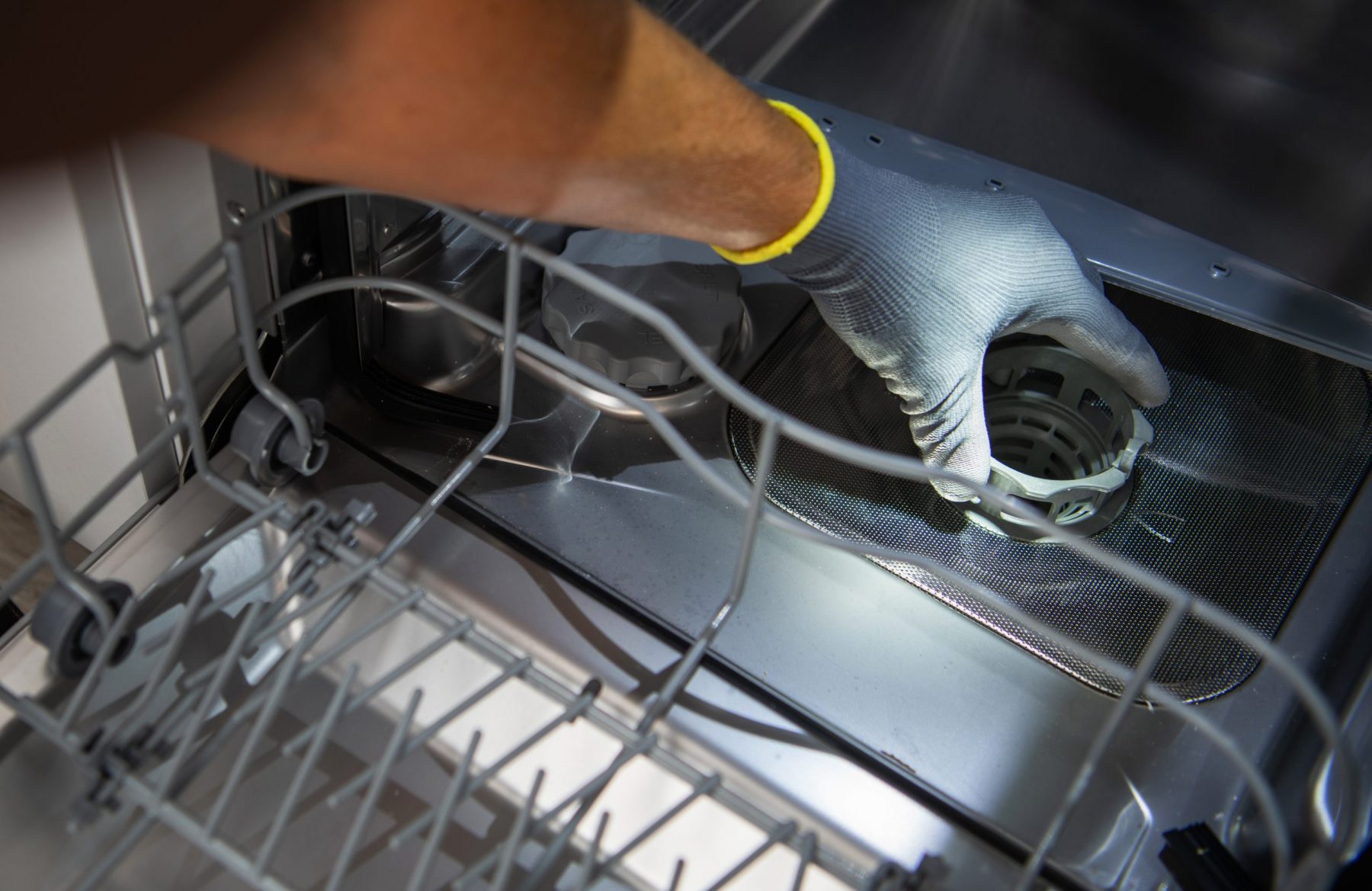

Interior Design
How To Unclog A Dishwasher: Expert Advice If It Won’t Drain
Modified: February 26, 2024
Learn expert tips on how to unclog your dishwasher if it won't drain, with helpful advice and step-by-step instructions for interior design enthusiasts.
(Many of the links in this article redirect to a specific reviewed product. Your purchase of these products through affiliate links helps to generate commission for Storables.com, at no extra cost. Learn more)
Introduction
Welcome to our expert guide on how to unclog a dishwasher when it won’t drain. A clogged dishwasher can be a frustrating problem, as it can disrupt your daily routine and leave you with a sink full of dirty dishes. But fear not, as we are here to provide you with expert advice and step-by-step instructions to help you resolve this issue.
A dishwasher can become clogged for various reasons, such as food debris, grease buildup, or a malfunctioning component. It’s essential to address the problem promptly to avoid any potential damage to the dishwasher and ensure it functions optimally.
In this article, we will discuss common causes of dishwasher clogs and provide you with a comprehensive guide on how to unclog your dishwasher effectively. Whether you are a homeowner or a renter, our expert advice will enable you to tackle this problem with confidence and get your dishwasher back to its efficient self.
Before we dive into the unclogging process, it’s important to understand some basic dishwasher components. The dishwasher consists of a drain filter, a drain hose, spray arms, a garbage disposal unit (in some cases), and an air gap (depending on the dishwasher model). Familiarizing yourself with these components will help you pinpoint the source of the clog and take appropriate action.
Now, let’s move on to the next section, where we will explore the common causes of dishwasher clogs and how to identify them.
Key Takeaways:
- Regular maintenance of your dishwasher, including cleaning the drain filter, clearing the drain hose, and inspecting the spray arms, can prevent clogs and ensure optimal performance. If issues persist, consulting a professional may be necessary for thorough assessment and repairs.
- Using natural solutions like vinegar and baking soda, along with running a cleaning cycle, can effectively unclog your dishwasher. However, if clogs persist, seeking the expertise of a professional dishwasher repair service is recommended for more complex issues.
Read more: Why Dishwasher Wont Drain
Common Causes of Dishwasher Clogs
There are several common causes of dishwasher clogs that can lead to drainage issues. Understanding these causes will help you identify the source of the clog and take appropriate steps to resolve it. Here are the most frequent culprits:
- Food Debris: One of the primary causes of dishwasher clogs is food debris. Small bits of food can accumulate in the drain filter, drain hose, and spray arms, preventing proper water flow and causing blockages.
- Grease Buildup: Over time, grease and oils from dishes can accumulate and solidify in the dishwasher’s components, leading to clogs. Dishwashers with insufficiently heated water or poor detergent effectiveness may be more prone to grease buildup.
- Damaged or Clogged Drain Filter: The drain filter is designed to capture large food particles and prevent them from entering the drain pump. If the filter is damaged or becomes clogged, it can obstruct water flow and cause a backup.
- Blocked Drain Hose: The drain hose carries wastewater from the dishwasher to the drain. If it becomes kinked, crushed, or clogged with debris, it can impede water flow and result in a clog.
- Dirty Spray Arms: The spray arms play a crucial role in distributing water to clean the dishes. If they become dirty or clogged with food particles, they may not spray effectively, causing drainage problems.
- Issues with the Garbage Disposal Unit: Some dishwashers are connected to a garbage disposal unit, which allows food waste to be ground up and flushed away. If the disposal unit is clogged or malfunctioning, it can hinder drainage.
- Malfunctioning Air Gap: The air gap, a small device located on the sink or countertop, prevents wastewater from backing up into the dishwasher. If it becomes clogged or ineffective, it can lead to drainage issues.
Identifying the specific cause of the clog in your dishwasher will help you determine the most effective method to unclog it. In the next section, we will provide you with a step-by-step guide to troubleshooting and unclogging your dishwasher.
Step-by-Step Guide to Unclog a Dishwasher
Now that we have discussed the common causes of dishwasher clogs, let’s dive into the step-by-step guide on how to unclog your dishwasher effectively. By following these instructions, you will be able to pinpoint the source of the clog and resolve the issue.
- Check the Drain Filter: Start by removing the lower dish rack and locating the drain filter at the bottom of the dishwasher. Remove any visible debris or food particles from the filter and clean it thoroughly. If the filter is damaged, replace it.
- Clear the Drain Hose: Next, locate the drain hose, which is typically connected to the sink’s plumbing or garbage disposal unit. Check for any kinks, clogs, or obstructions in the hose. If necessary, detach the hose and flush it with water to remove any debris.
- Clean the Spray Arms: The spray arms are responsible for distributing water during the wash cycles. Remove the spray arms and clean them, ensuring that all the nozzles are free from food particles and residue. Use a small, pointed object, such as a toothpick, to unclog any blocked nozzles.
- Inspect the Garbage Disposal Unit: If your dishwasher is connected to a garbage disposal unit, make sure it is functioning properly. Run the disposal to ensure it is not clogged or damaged. If needed, consult the manufacturer’s instructions for maintenance or call a professional if you are unsure.
- Verify the Air Gap: If your dishwasher has an air gap, inspect it for any clogs or debris. Remove the cover and clean the air gap thoroughly. Run water through it to ensure proper drainage.
- Run a Cleaning Cycle: Many dishwashers have a self-cleaning cycle option. Run this cycle with a dishwasher cleaner or a mixture of vinegar and baking soda to remove any residual buildup and keep the dishwasher working efficiently.
- Use Vinegar and Baking Soda: For stubborn clogs, you can try using a mixture of vinegar and baking soda. Start by pouring a cup of vinegar into the bottom of the dishwasher and let it sit for about 20 minutes. Next, sprinkle baking soda around the dishwasher’s interior and run a hot water cycle.
- Consult a Professional: If you have tried all the above steps and are still experiencing drainage issues, or if you are not comfortable performing the troubleshooting yourself, it is recommended to call a professional dishwasher repair service. They have the expertise and tools to handle more complicated clogs and diagnose any underlying issues.
Remember to always refer to the manufacturer’s instructions for your specific dishwasher model and exercise caution when working with any electrical or plumbing components. Now that you have the knowledge and steps to unclog your dishwasher, you can tackle this issue with confidence and get back to enjoying clean and sparkling dishes.
In the next section, we will conclude our guide with some final thoughts and tips on maintaining a healthy and clog-free dishwasher.
Check the Drain Filter
Checking the drain filter is the first step in unclogging your dishwasher. The drain filter is responsible for capturing large food particles and preventing them from clogging the drain pump. Over time, the filter can become clogged with debris, hindering the dishwasher’s drainage system.
To access the drain filter, start by removing the lower dish rack from the dishwasher. Locate the drain filter at the bottom of the dishwasher tub. The filter is typically a removable mesh or screen-like component.
Inspect the drain filter for any visible debris or food particles. Rinse the filter under running water to remove loosened debris. Use a soft brush or toothbrush to gently scrub away any stubborn residue. Make sure to clean both sides of the drain filter thoroughly.
If the drain filter is damaged or worn out, it is important to replace it with a new one. Consult the dishwasher’s manual or contact the manufacturer to find the correct replacement filter for your specific model.
Once the drain filter is clean or replaced, reinsert it back into the dishwasher. Ensure that it is securely in place and aligned properly. Replace the lower dish rack and close the dishwasher door.
Regularly checking and cleaning the drain filter is essential for maintaining optimal dishwasher performance and preventing clogs. It is recommended to clean the drain filter at least once a month or as needed, depending on your usage.
Now that you have checked and cleaned the drain filter, let’s move on to the next step in unclogging your dishwasher.
Note: Validate HTML encoding
Clear the Drain Hose
The drain hose is responsible for carrying wastewater from the dishwasher to the drain or garbage disposal unit. If the drain hose becomes clogged or obstructed, it can lead to drainage issues and cause water to back up in the dishwasher.
To clear the drain hose, start by locating it at the back of the dishwasher. The hose is typically connected to the sink’s plumbing or the garbage disposal unit. If the hose is connected to the garbage disposal unit, make sure the disposal is turned off before proceeding.
Check the drain hose for any visible kinks, twists, or bends. Straighten out any obstructions to ensure proper water flow. If the drain hose is damaged, it may need to be replaced. Consult the dishwasher’s manual or contact the manufacturer for the correct replacement hose.
If the drain hose appears to be clear of any obstructions, detach it from the dishwasher’s connection point. Place a bucket or towel under the hose to catch any excess water that may spill out when disconnecting it.
Once the drain hose is detached, inspect it for any clogs or blockages. You can use a long, flexible brush or a plumbing snake to gently push through the hose and dislodge any debris. Alternatively, you can flush the hose with water to remove any stubborn clogs.
After clearing the drain hose, reattach it to the dishwasher’s connection point. Ensure that the hose is securely fastened and does not have any kinks or bends. If necessary, use zip ties or clamps to hold the hose in place.
If the dishwasher’s drain hose is connected to a garbage disposal unit, ensure that the disposal unit is in good working condition. Run water through the disposal unit to make sure it is not clogged or malfunctioning.
With the drain hose cleared and properly connected, you have completed the second step in unclogging your dishwasher. Next, we will move on to cleaning the spray arms.
Note: Validate HTML encoding
Read more: How To Unclog Dishwasher Drain
Clean the Spray Arms
The spray arms in your dishwasher play a crucial role in distributing water and detergent during the cleaning cycles. Over time, these spray arms can become clogged with food particles, debris, and mineral deposits, leading to poor water circulation and potential clogs.
To clean the spray arms, start by removing them from the dishwasher. The spray arms are typically located on the bottom and upper racks of the dishwasher and can be twisted or snapped off for easy removal.
Inspect the spray arms for any visible debris or clogs. Look for any food particles or mineral buildup that may be blocking the spray nozzles. If necessary, use a toothpick or a small, pointed object to carefully unclog the spray arm’s nozzles.
Rinse the spray arms with warm water to remove any loose debris. If the spray arms are heavily soiled, you can soak them in a mixture of warm water and vinegar for about 15 minutes to help dissolve stubborn residue.
After soaking, scrub the spray arms gently with a soft brush or sponge to remove any remaining debris or mineral deposits. Pay close attention to the spray arm’s nozzles to ensure they are clear and free from any obstructions.
Rinse the spray arms thoroughly to remove any vinegar or cleaning solution. Once they are clean, reattach the spray arms back into their proper positions in the dishwasher. Make sure they are securely fastened and rotate freely.
Regularly cleaning the spray arms is essential to maintain optimal dishwasher performance and prevent clogs. It is recommended to clean the spray arms at least once every few months, or more frequently if you notice any signs of blockage or reduced water flow.
With the spray arms cleaned and back in place, you have completed the third step in unclogging your dishwasher. Now, let’s move on to the next step and inspect the garbage disposal unit (if applicable).
Note: Validate HTML encoding
Check the dishwasher filter and drain hose for any clogs. Remove any debris and clean the filter to ensure proper drainage. If the issue persists, check the drain pump for any blockages.
Inspect the Garbage Disposal Unit
If your dishwasher is connected to a garbage disposal unit, it’s essential to inspect it as part of the unclogging process. The garbage disposal unit helps to grind down food waste and flush it away, but if it is clogged or not functioning correctly, it can lead to drainage issues in your dishwasher.
Start by locating the garbage disposal unit under your sink, directly beneath the dishwasher drain hose connection. Turn off the power to the garbage disposal unit to ensure your safety while inspecting and performing any necessary maintenance.
Next, visually inspect the garbage disposal unit for any visible clogs or blockages. Check for food remnants, utensils, or any other foreign objects that may be obstructing the disposal’s blades or impeller.
If you notice any debris or objects, use pliers or tongs to carefully remove them. Be cautious not to damage the disposal’s blades or impeller during the process. Once the clog or obstruction is removed, turn on the power to the garbage disposal unit and test its functionality.
If the garbage disposal unit appears to be clear of any visible clogs, it’s still a good idea to run water through it to ensure proper drainage. Turn on the water and let it flow steadily into the disposal unit. If the water drains slowly or backs up, there may still be a clog further down the drain line.
In some cases, the garbage disposal unit may require additional maintenance or repair, such as sharpening the blades or replacing worn-out parts. If you are unsure about performing any repairs yourself, it is recommended to contact a professional plumber or appliance repair service.
Once you have inspected and ensured the garbage disposal unit is in proper working condition, you are ready to move on to the next step in unclogging your dishwasher: verifying the air gap (if applicable).
Note: Validate HTML encoding
Verify the Air Gap
If your dishwasher is equipped with an air gap, it is important to verify that it is functioning correctly. The air gap is a small device usually located on the sink or countertop and is designed to prevent wastewater from flowing back into the dishwasher. If the air gap becomes clogged or ineffective, it can lead to drainage issues.
To verify the air gap, start by locating it near your kitchen sink. It is usually a cylindrical or conical-shaped device with a small cover on top. Remove the cover by twisting it counterclockwise or pulling it straight up, depending on the design.
With the cover removed, visually inspect the air gap for any visible debris or clogs. Look inside the opening for any food particles, mineral buildup, or other obstructions that may be blocking proper drainage.
If you notice any debris or clogs, use a small brush or toothpick to gently dislodge and remove them. You can also rinse the air gap with warm water to help flush away any loosened debris.
Once the air gap is clean, check for proper functionality by running water through it. Turn on the dishwasher and let it fill with water. As the dishwasher drains, observe the water flow through the air gap. It should flow freely and without any signs of backup or slow drainage.
If you notice any issues with the air gap’s functionality, such as water backing up or a slow flow, there may still be a clog or obstruction in the dishwasher’s drainage system. In this case, it is recommended to consult a professional plumber or dishwasher repair service for further assistance.
After verifying the air gap and ensuring proper drainage, you are ready to move on to the next step: running a cleaning cycle to help clear any remaining debris and maintain the dishwasher’s overall performance.
Note: Validate HTML encoding
Run a Cleaning Cycle
Running a cleaning cycle is an important step in maintaining the overall health and performance of your dishwasher. This cycle helps to remove residual buildup, grease, and debris from the interior of the dishwasher, ensuring optimal functioning and preventing future clogs.
To run a cleaning cycle, start by ensuring that your dishwasher is empty of dishes and any other items. Remove any removable components, such as the dish racks or silverware baskets, for easier access to the interior.
Next, refer to your dishwasher’s user manual to locate the specific instructions for running a cleaning cycle. Most dishwashers have a dedicated cleaning cycle option or a mode that allows for a thorough cleaning.
If your dishwasher has a cleaning cycle feature, select it from the dishwasher’s control panel or choose the appropriate setting according to your user manual’s instructions.
For the cleaning cycle, you can use a dedicated dishwasher cleaner available in the market or opt for a DIY solution. A common and effective DIY method involves using distilled white vinegar. Simply pour one cup of vinegar into a dishwasher-safe container and place it on the top rack of the empty dishwasher.
Close the dishwasher door and start the cleaning cycle. The dishwasher will run through a series of hot water rinses and agitation to thoroughly clean the interior. The vinegar will help to remove grease, residue, and odor effectively.
Once the cleaning cycle is complete, open the dishwasher door and allow it to air out for a few minutes. This helps to dissipate any lingering vinegar smell. You can also wipe down the interior with a soft cloth to remove any remaining residue or debris.
Running a cleaning cycle on a regular basis, about once a month or as recommended by the dishwasher manufacturer, will help keep your dishwasher in excellent condition and reduce the likelihood of clogs.
Now that you have completed the cleaning cycle, let’s move on to the next step: using vinegar and baking soda to tackle stubborn clogs.
Note: Validate HTML encoding
Use Vinegar and Baking Soda
If you’re dealing with stubborn clogs in your dishwasher, a mixture of vinegar and baking soda can help break down and dissolve the blockage. This natural and affordable solution can be an effective way to unclog your dishwasher without resorting to harsh chemicals.
To use vinegar and baking soda to tackle the clog, follow these steps:
- Start by removing any excess water from the bottom of the dishwasher. Use a towel or sponge to soak up the water.
- Pour one cup of white vinegar into the bottom of the dishwasher. Vinegar is great for breaking down grease, mineral deposits, and food particles.
- Sprinkle one cup of baking soda evenly over the vinegar in the bottom of the dishwasher. The baking soda will react with the vinegar, creating a foaming action that helps to loosen and remove the clog.
- Let the vinegar and baking soda mixture sit in the dishwasher for about 20 minutes to allow it to penetrate and break down the clog.
- After 20 minutes, run a hot water cycle on your dishwasher. This will help flush out the loosened debris and unclog the drain.
Once the hot water cycle is complete, check to see if the clog has been cleared. If the dishwasher is draining properly and the clog is resolved, you have successfully unclogged your dishwasher using vinegar and baking soda.
If the clog persists after using vinegar and baking soda, you may need to repeat the process or try a different method to unclog your dishwasher. Consider consulting a professional dishwasher repair service to address more stubborn or complex clogs.
Using vinegar and baking soda is not only effective for unclogging your dishwasher, but it also helps to deodorize and remove any lingering odors. This natural solution is safe for your dishwasher and the environment, making it an excellent alternative to chemical-based cleaners.
With vinegar and baking soda, you have a powerful combination to tackle stubborn clogs in your dishwasher. However, if the clog persists, it’s time to consider consulting a professional for further assistance.
Now, let’s move on to the final step in unclogging your dishwasher: considering the option of consulting a professional.
Note: Validate HTML encoding
Consult a Professional
If you have followed all the previous steps and are still experiencing issues with a clogged dishwasher, it may be time to seek the expertise of a professional. A dishwasher repair service or a plumber specializing in appliances can provide the knowledge and tools needed to diagnose and resolve more complex clogs.
Here are a few reasons why consulting a professional may be necessary:
- Persistent Clogs: If you have tried various DIY methods and the clog keeps recurring, it could indicate a more severe issue within your dishwasher’s plumbing system. A professional can assess the situation and identify the root cause of the problem.
- Complex Repairs: Some clogs may require disassembling certain components of the dishwasher, such as the drain pump or the drain hose. These repairs can be challenging and may require specialized tools or knowledge that a professional technician possesses.
- Manufacturer’s Warranty: If your dishwasher is still under warranty, attempting DIY repairs or modifications could void the warranty. A professional technician will be familiar with the warranty terms and can perform any necessary repairs while keeping the warranty intact.
- Overall Assessment: A professional technician can assess the overall condition of your dishwasher and offer suggestions on how to prevent future clogs or optimize its performance. They can also identify any other potential issues that may be causing the clogs.
When contacting a professional, provide them with detailed information about the problem and the steps you have already taken to unclog the dishwasher. This will help them understand the situation better and expedite the repair process.
Remember to choose a reputable and experienced professional to ensure quality service. Read customer reviews, ask for recommendations, and inquire about certifications or licenses to make an informed decision.
By consulting a professional, you can gain peace of mind knowing that your dishwasher will be properly repaired, the clog will be resolved, and you can continue enjoying the convenience of a fully functioning appliance.
Note: Validate HTML encoding
Conclusion
Dealing with a clogged dishwasher can be a frustrating experience, but with the right knowledge and steps, you can effectively unclog it and restore its proper functioning. By following the step-by-step guide we have provided, you can tackle common causes of dishwasher clogs and resolve drainage issues.
We discussed the common causes of dishwasher clogs, including food debris, grease buildup, damaged drain filters and hoses, dirty spray arms, issues with the garbage disposal unit, and malfunctioning air gaps. By understanding these causes, you can identify the source of the clog and take the appropriate action to unclog your dishwasher.
We walked you through each step of the unclogging process, including checking the drain filter, clearing the drain hose, cleaning the spray arms, inspecting the garbage disposal unit, verifying the air gap, running a cleaning cycle, using vinegar and baking soda, and consulting a professional if necessary. Each step was outlined with clear instructions to guide you through the process.
It is important to note that regular maintenance and preventive measures can help prevent future clogs in your dishwasher. This includes cleaning the drain filter regularly, clearing any debris from the drain hose, and checking the spray arms and air gap for clogs or blockages.
If you find that your dishwasher is constantly experiencing clogs or backups, it may be a sign of a more significant underlying issue. In such cases, it is best to consult a professional dishwasher repair service who can provide a thorough assessment and necessary repairs.
Remember, safety should always be a priority. When working on your dishwasher, ensure that the power and water supply are turned off, and be cautious when handling any sharp objects or cleaning solutions.
We hope this comprehensive guide has equipped you with the knowledge and confidence to unclog your dishwasher effectively. By following these steps, you can enjoy a fully functioning dishwasher, free from clogs and drainage issues, and keep your kitchen running smoothly.
Note: Validate HTML encoding
Frequently Asked Questions about How To Unclog A Dishwasher: Expert Advice If It Won't Drain
Was this page helpful?
At Storables.com, we guarantee accurate and reliable information. Our content, validated by Expert Board Contributors, is crafted following stringent Editorial Policies. We're committed to providing you with well-researched, expert-backed insights for all your informational needs.
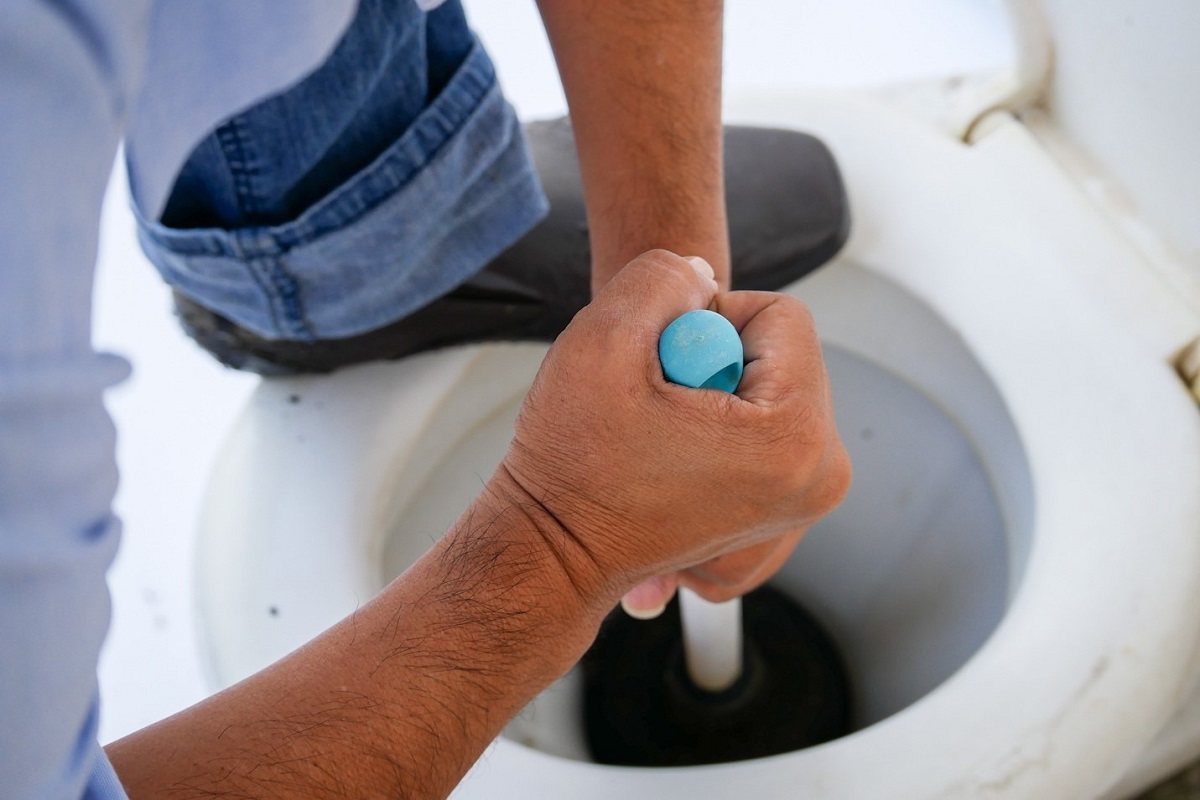
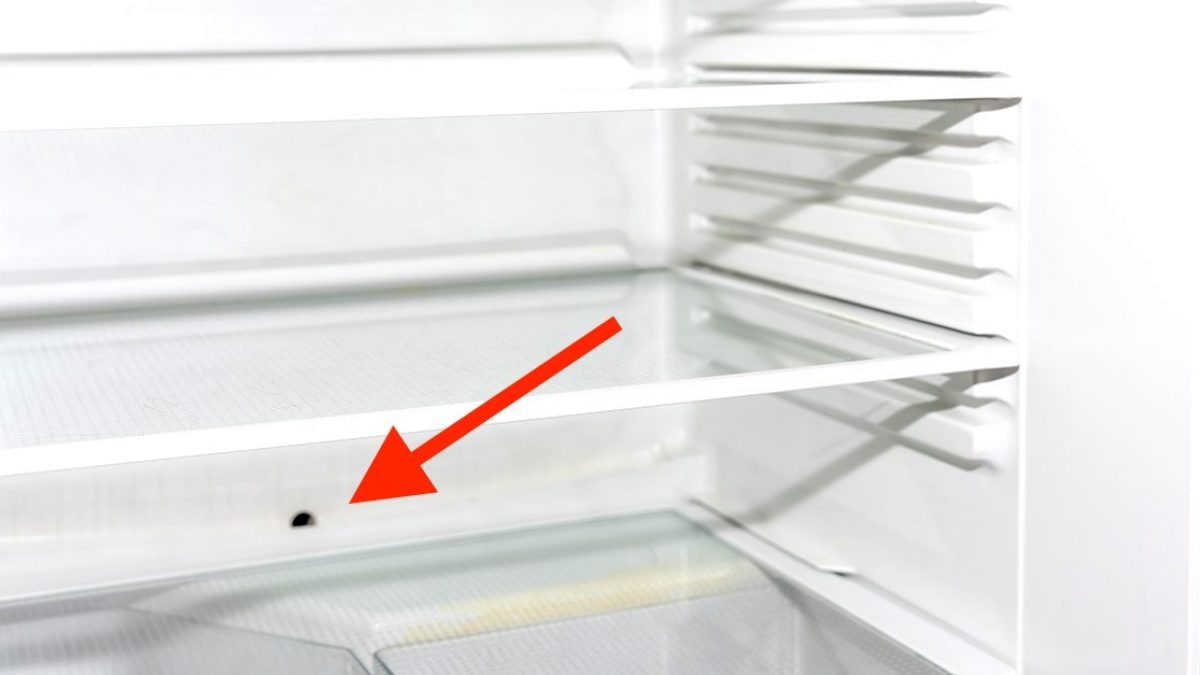
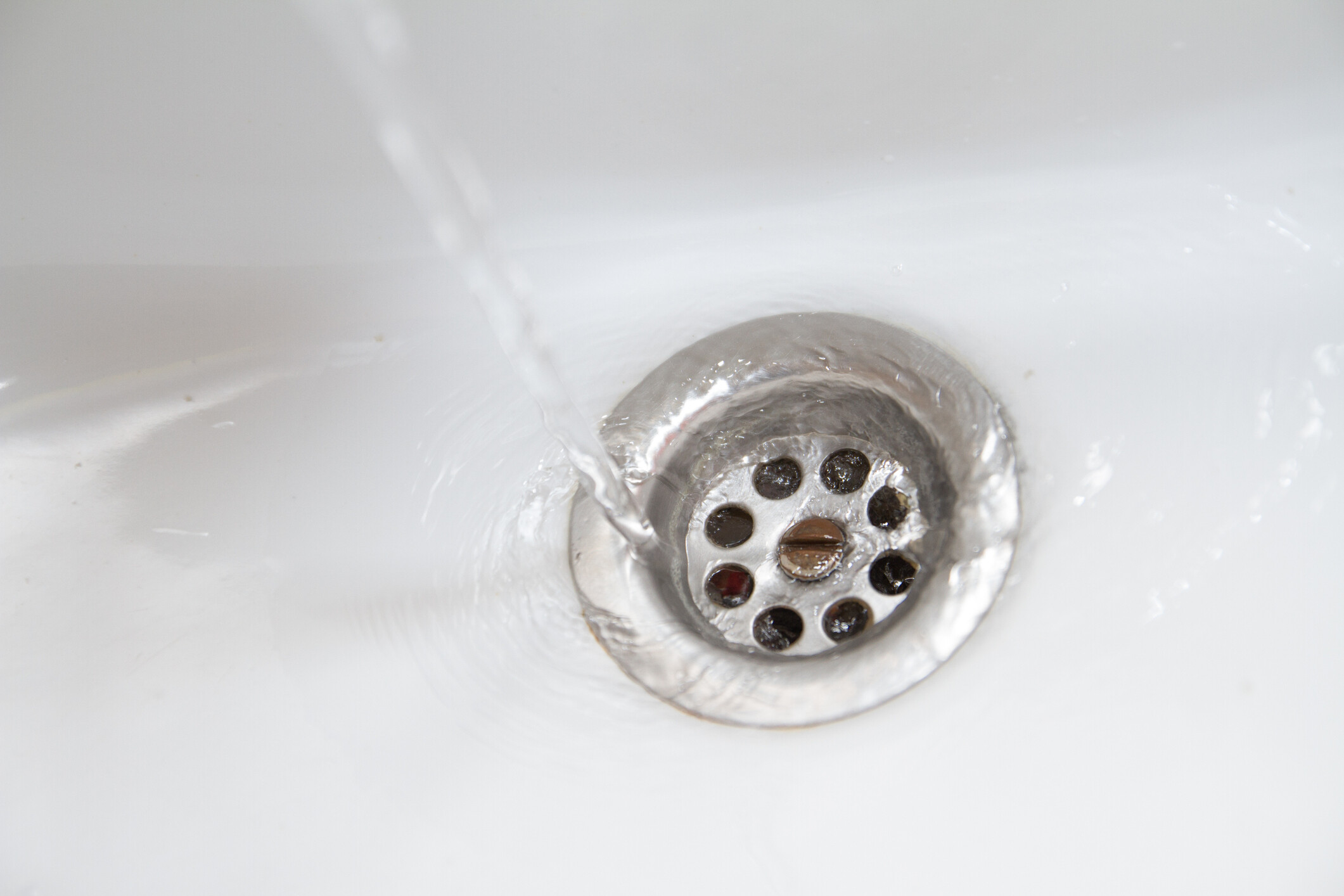

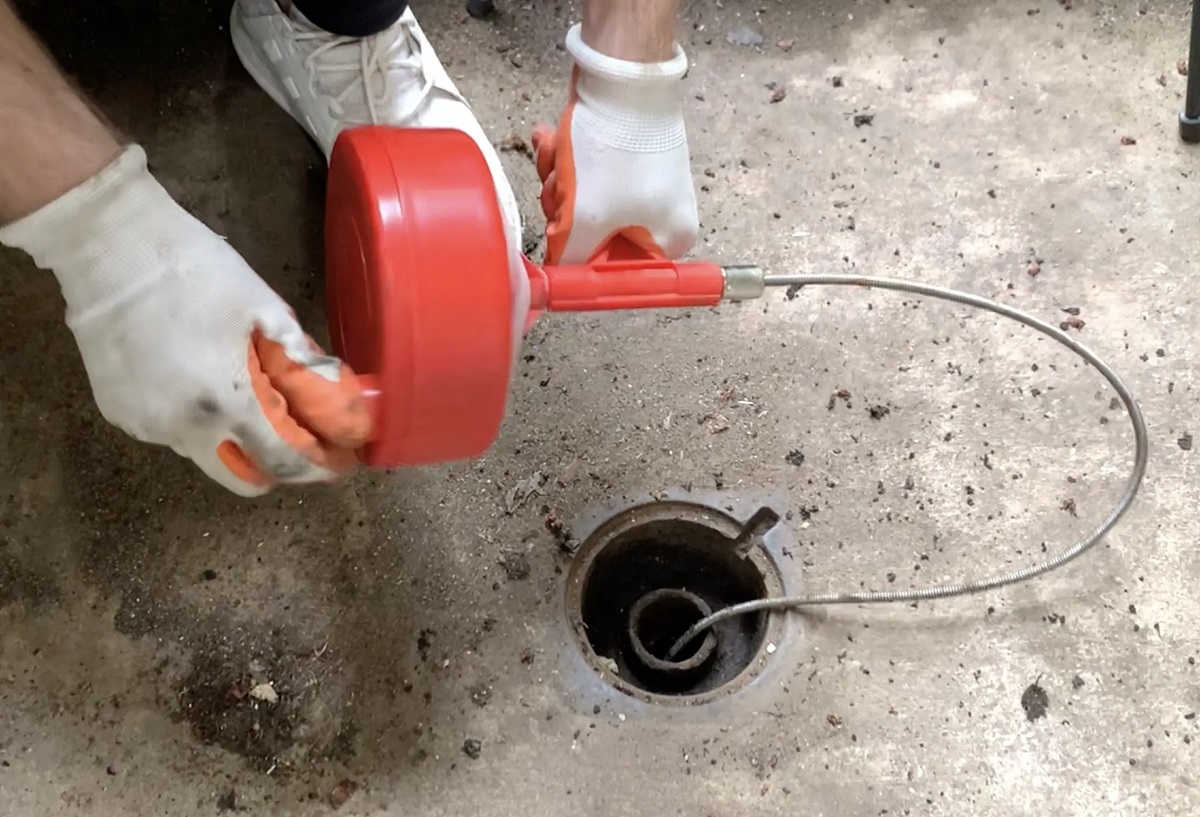

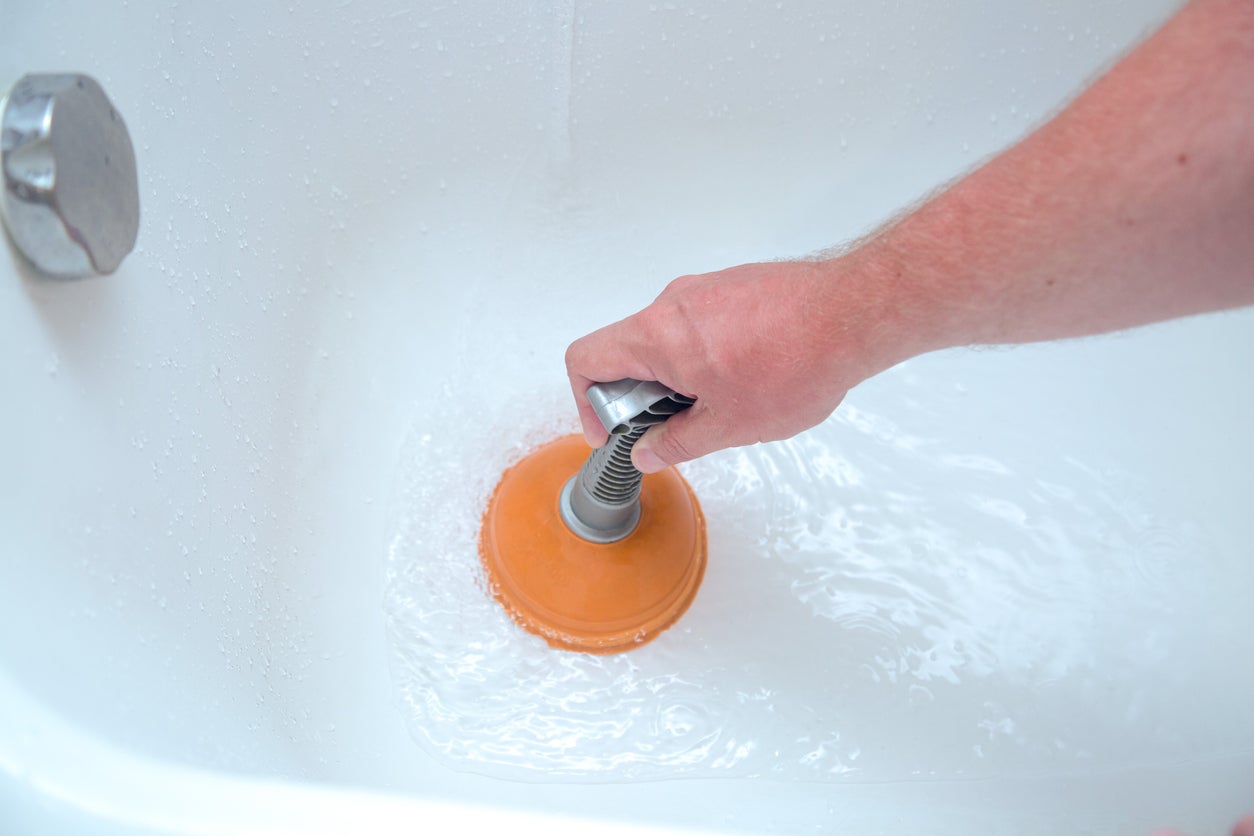
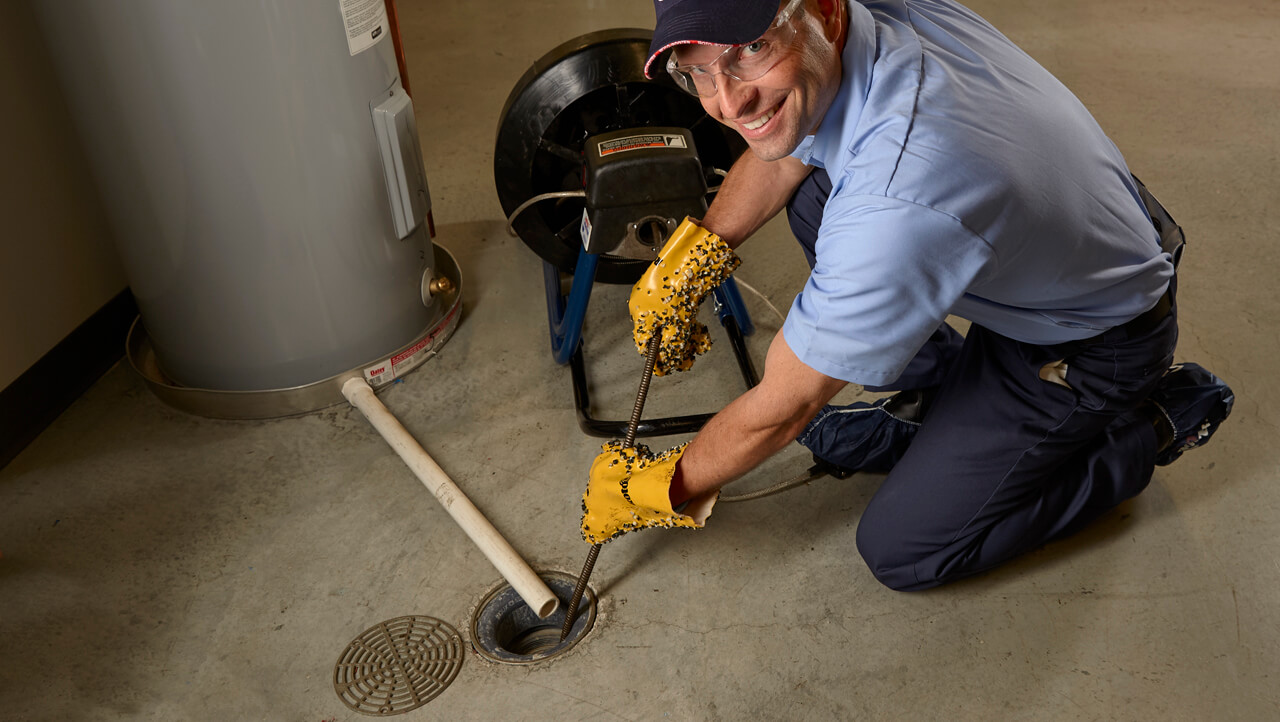

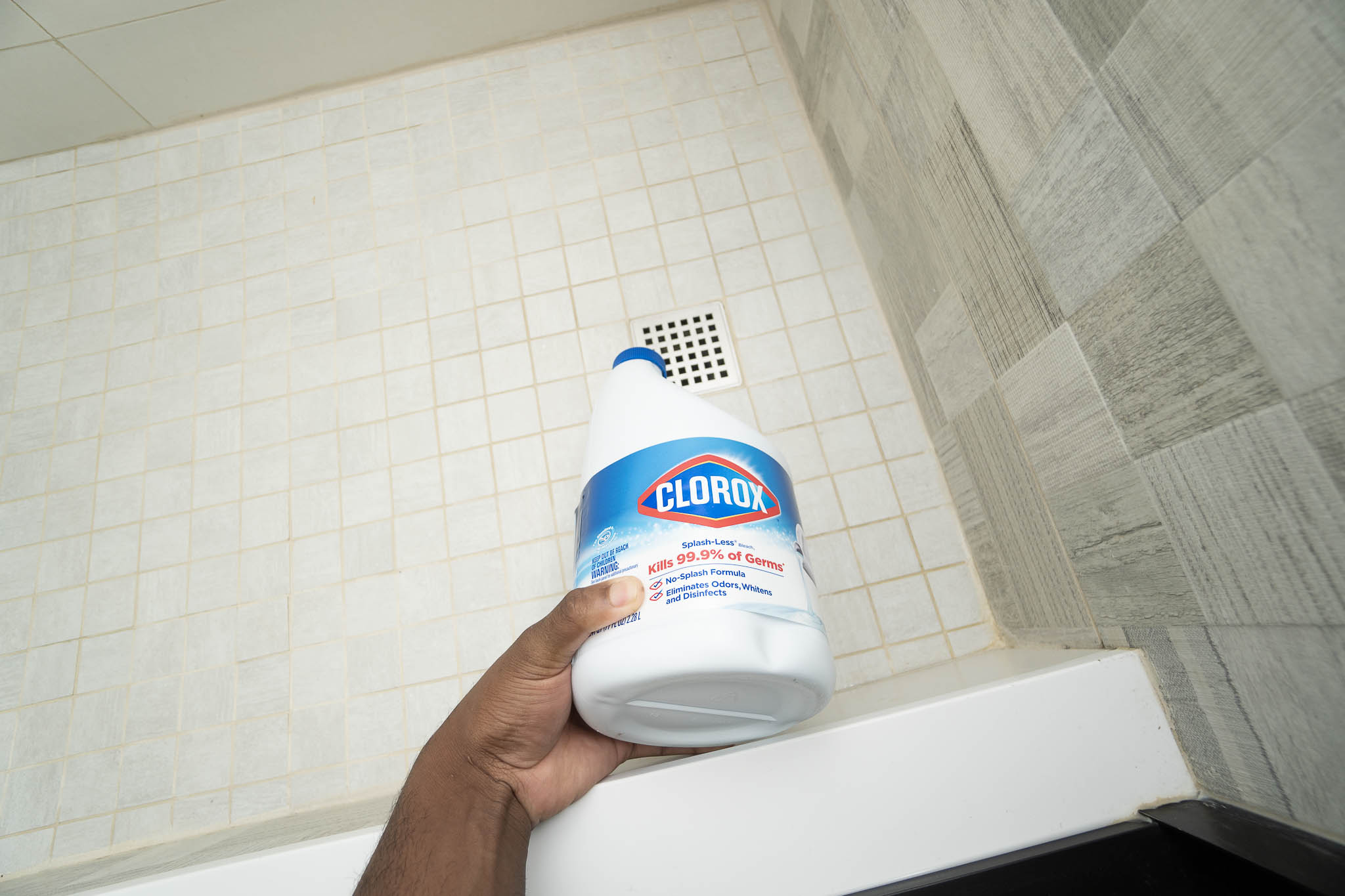
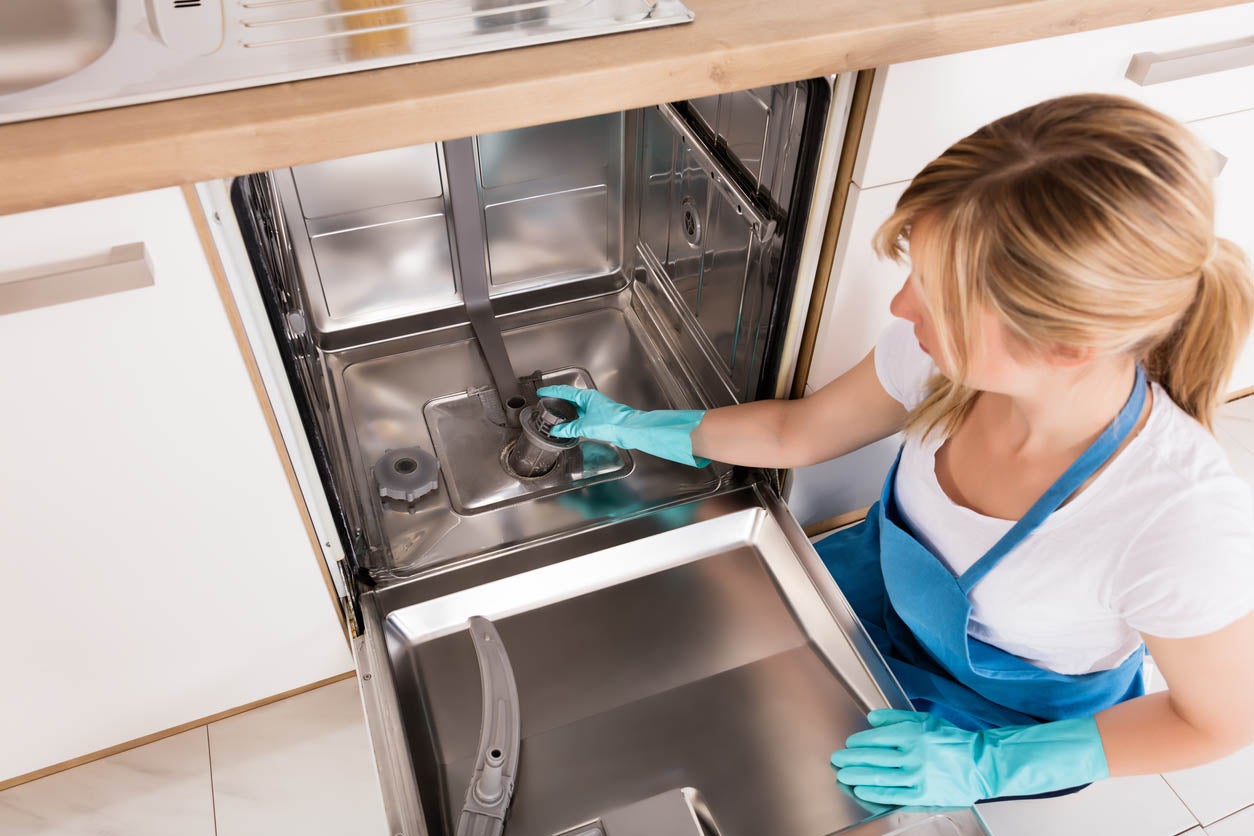
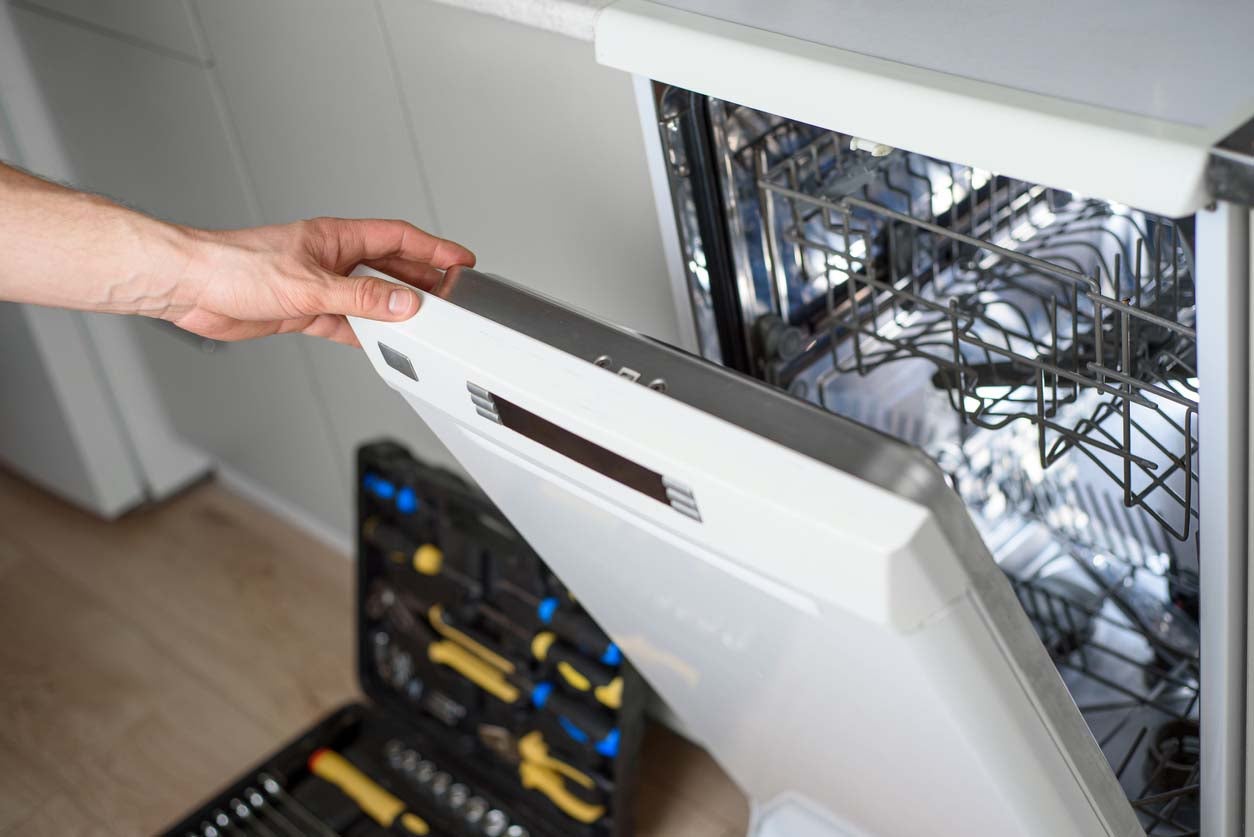
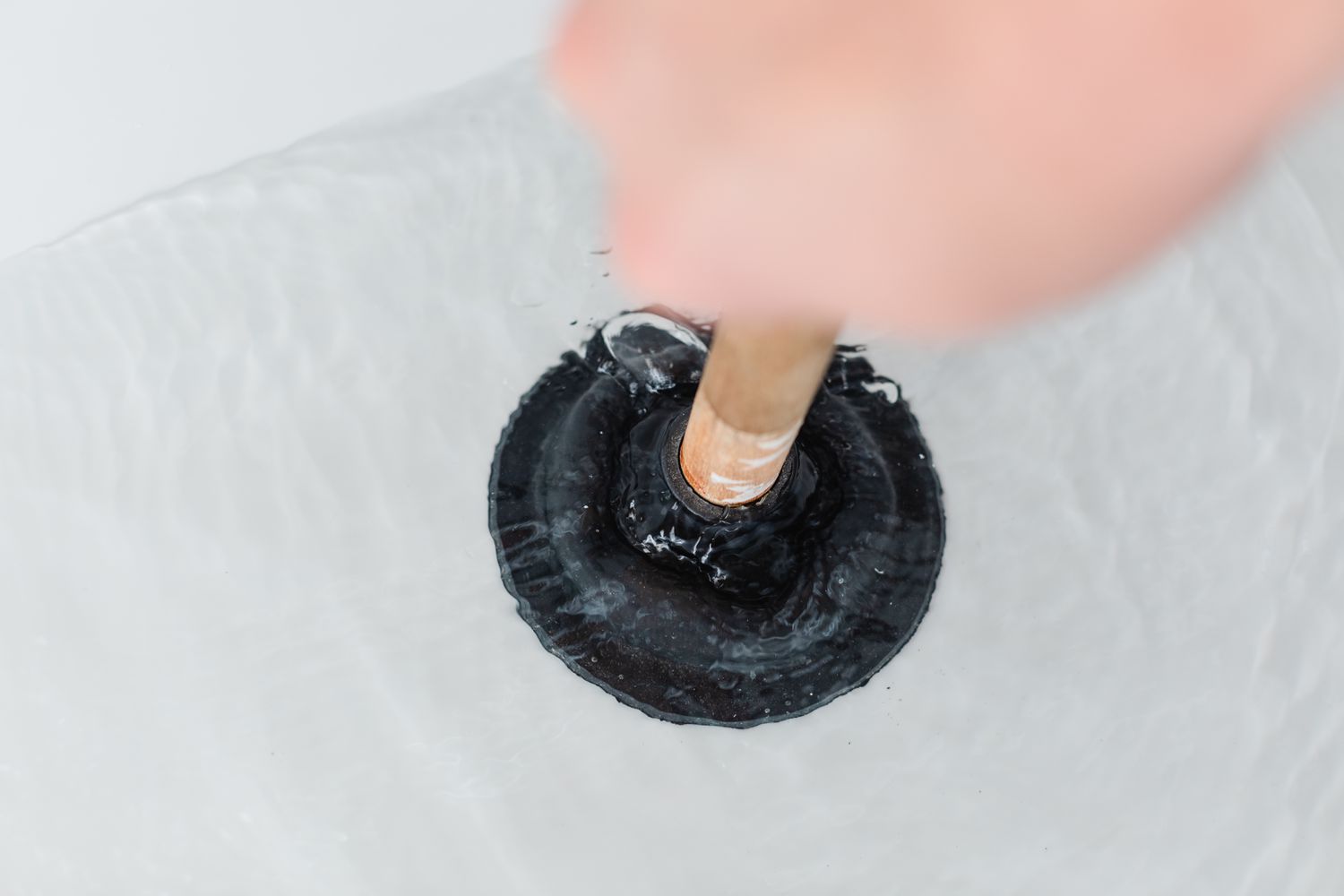

0 thoughts on “How To Unclog A Dishwasher: Expert Advice If It Won’t Drain”